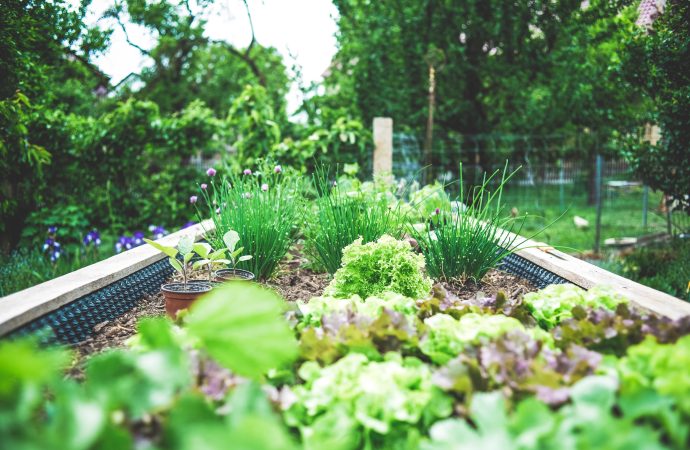Gardening is a rewarding activity that can provide fresh produce, beautiful flowers, and a sense of accomplishment. However, it can also be a challenging endeavor, especially when it comes to maintaining healthy and productive plants. One solution to this problem is companion planting, a technique that involves planting different species of plants together to benefit
Gardening is a rewarding activity that can provide fresh produce, beautiful flowers, and a sense of accomplishment. However, it can also be a challenging endeavor, especially when it comes to maintaining healthy and productive plants. One solution to this problem is companion planting, a technique that involves planting different species of plants together to benefit each other. In this article, we will explore the benefits of companion planting and provide tips on how to get started.
What is Companion Planting?
Companion planting is the practice of planting different species of plants together to create a mutually beneficial relationship. This technique is based on the idea that certain plants can help each other by repelling pests, attracting beneficial insects, improving soil health, and providing shade or support. For example, planting marigolds alongside tomatoes can help repel nematodes, while planting beans alongside corn can help fix nitrogen in the soil.
Benefits of Companion Planting
Companion planting offers several benefits for gardeners, including:
1. Pest Control: Certain plants can repel pests or attract beneficial insects that can help control pests. For example, planting garlic or chives alongside roses can help repel aphids, while planting dill or fennel alongside tomatoes can attract ladybugs, which feed on aphids and other pests.
2. Soil Health: Companion planting can help improve soil health by adding nutrients, improving soil structure, and reducing erosion. For example, planting legumes like beans or peas alongside other plants can help fix nitrogen in the soil, while planting cover crops like clover or rye can help prevent erosion and add organic matter to the soil.
3. Increased Yield: Companion planting can help increase yield by improving pollination, reducing competition for resources, and providing shade or support. For example, planting flowers like marigolds or zinnias alongside vegetables can attract pollinators like bees and butterflies, while planting tall plants like sunflowers or corn alongside shorter plants can provide shade and support.
Getting Started with Companion Planting
If you’re interested in trying companion planting in your garden, here are some tips to get started:
1. Research: Before planting, research which plants are compatible and which are not. Some plants can actually harm each other, so it’s important to choose the right combinations.
2. Plan: Create a planting plan that takes into account the needs of each plant, including spacing, sunlight, and water requirements.
3. Experiment: Try different combinations of plants to see what works best in your garden. Keep track of which combinations are successful and which are not.
4. Be Patient: Companion planting is not a quick fix, and it may take several seasons to see the full benefits. Be patient and persistent, and you will eventually reap the rewards.
Conclusion
Companion planting is a simple and effective technique that can help improve the health and productivity of your garden. By planting different species of plants together, you can create a mutually beneficial relationship that benefits both plants and gardeners. Whether you’re a seasoned gardener or a beginner, companion planting is a technique worth trying.

















Leave a Comment
Your email address will not be published. Required fields are marked with *